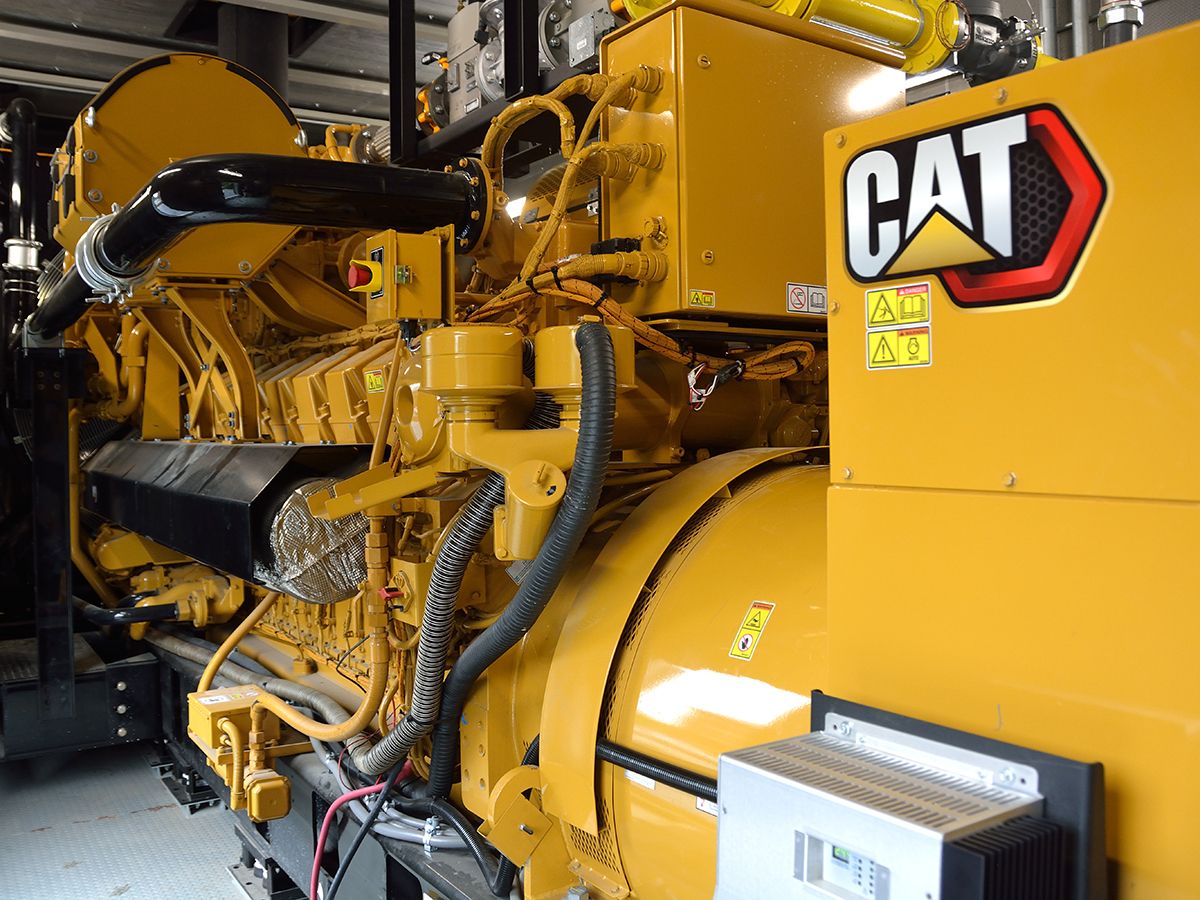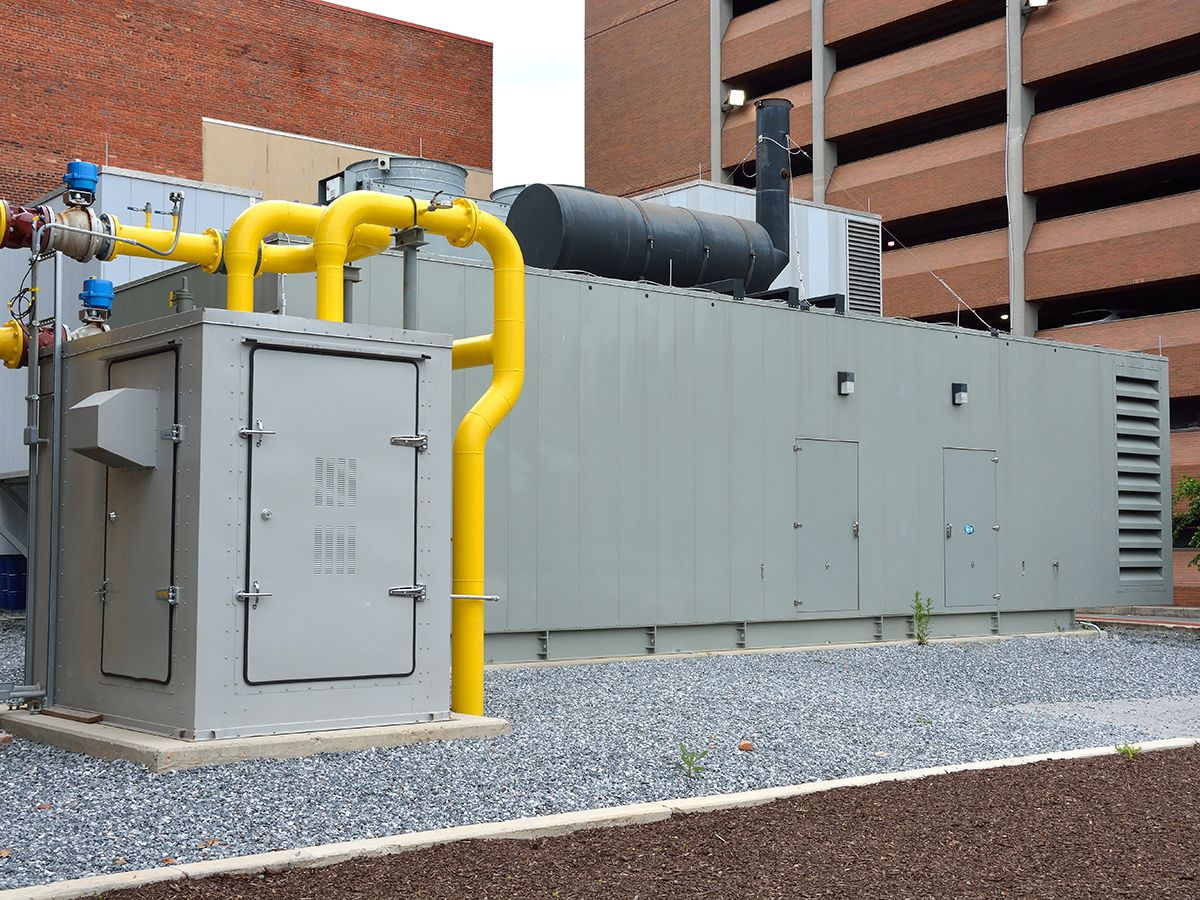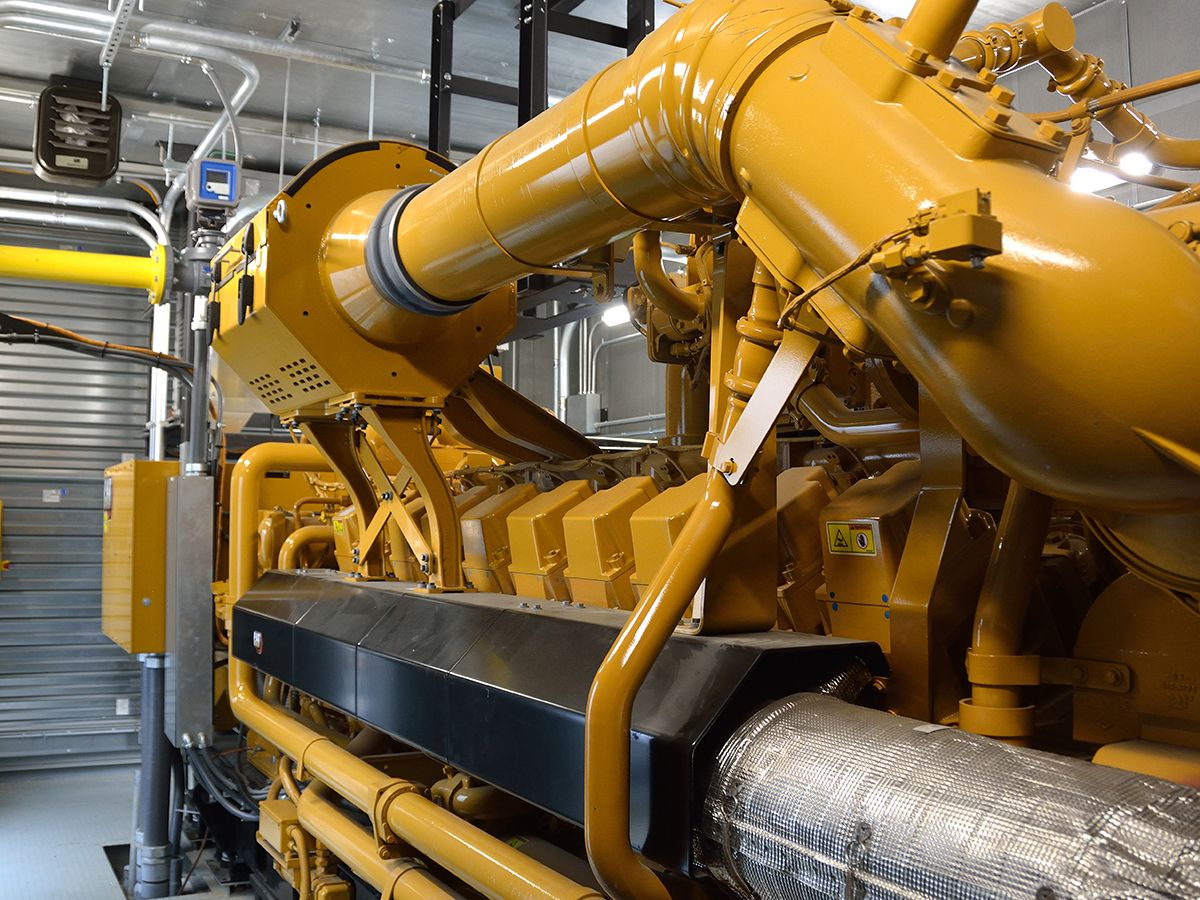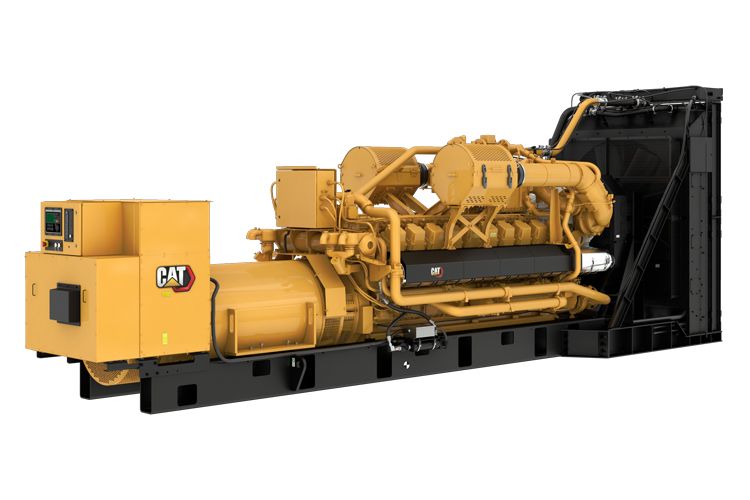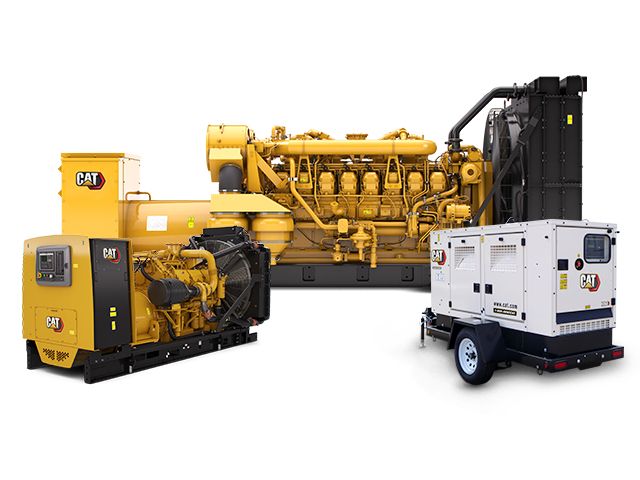POWER NEED
Opened in 1807, the University of Maryland Baltimore (UMB) is Maryland’s public health, law, and human services university.
Located in downtown Baltimore, UMB has nearly 6,700 students in six nationally ranked professional schools—dentistry, law, medicine, nursing, pharmacy, and social work—and an interdisciplinary graduate school. The university offers 97 doctoral, master’s, baccalaureate, and certificate programs, and confers most of the professional practice doctoral degrees awarded in Maryland.
UMB is a thriving academic health center that combines cutting-edge biomedical research with exceptional patient care. UMB’s extramural funding totaled $663 million in Fiscal Year 2023, and each tenured/tenure-track faculty member averages $1.5 million in research grants every year.
Since it committed to reach carbon neutrality by 2045, UMB has been finding ways to reduce its energy consumption. Energy usage is one of the top contributors to greenhouse gas (GHG) emissions, and UMB is reducing its use of electricity, fuel, and steam while investing in renewable sources of energy. For greater efficiency, the university has also built its own campus-wide electric transmission grid.
“Historically, we’ve backed up the buildings individually with a generator located on the roof at low voltage (480V),” says UMB utility manager Mike Krone. “A significant part of the infrastructure project is providing on-site generation that enables us to island the campus at the 13,000-volt level.”
SOLUTION
Five years ago, UMB installed a distributed energy plant adjacent to its new recycling center with two gas-powered generator sets, which can provide power to the campus in the event of a grid outage. Then, in August 2023, the university added a third gas genset—a Cat® G3520 Fast Response unit.
The 2 MW gas generator, and the two others, produce about 7 MW of power that can be switched on in the event of an outage.
“And we have a bunch of diesel units that we’re upgrading to parallel with the grid,” Krone says. “We hope to someday be able to island the campus. If there was a systemic failure in Baltimore Gas & Electric’s transmission grid and this part of the city went dark, our ultimate goal is to disconnect ourselves from the grid and run these generators and power up all the buildings and make the campus like a beam of light in the dark.”
Another critical function of having standby power at the ready is to preserve biomedical research, which receives the largest grants and is the biggest source of revenue for the university.
“There are instances where the grant funding for a research project runs out, so an experiment is frozen at -80°F until more funding becomes available,” Krone says. “So having the backup power and providing continuity of service is critical. That's why it’s easy for us to justify investing in generators because these experiments are being kept very cold. If they’re not, it’s not very long before they start to melt and become unusable.”
RESULTS
Since the Cat unit was installed, it became apparent during regular testing that the G3520 provides significant advantages over the two older models—the principal one being that it can start within 10 seconds.
“The Cat generator is head and shoulders over what we have had here,” says Gregory Payne, manager of systems reliability for UMB. “It comes up very quickly, in 10 seconds, and it's ready to roll. We haven’t actually transferred the load and put it on a building yet, but we've load banked it at 1.2 megawatts—and it took the load and just kept right on going.”
The Cat unit can take heavy block loads in large steps up to 70 percent, Krone says.
“And it fires up very fast,” he says. “The other gas units take up to 20 minutes to come up to speed and take loads. So, it’s a big difference with the Cat genset, and we’re very pleased about that.”
Unlike the older two generators, the G3520 is Tier 4 certified from the factory, meaning it isn’t subject to costly, periodic emissions tests.
“That’s a significant benefit,” Krone says. “With the two older gensets, we had to hire a testing company to run the generators with a representative present from the Maryland Department of Environment, and it was not easy. So, it’s a big deal that we avoid that emissions test with the Cat G3520.”
Another favorable comparison: Because the G3520 radiator is positioned inside the enclosure like a traditional diesel generator, the overall footprint is much smaller than the two units beside it where the radiators are placed on the roof of the enclosure. The width of the Cat generator enclosure was determined by the inlet air velocity and not the generator width, resulting in roomier four-foot service aisles on both sides of the genset.
“Real estate is very valuable here in the city,” Krone says. “And we were very fortunate to secure a small, half-block area to install these high-voltage generators and group them together to back up the campus.”
Krone says one of the justifications for the investment in the gensets is that UMB plans to use the units for peak shaving, perhaps as soon as this summer. Peak shaving, also called load shedding, is a cost-saving technique used to reduce electricity expenses by minimizing peak electricity demand, thereby lowering demand charges.
The peak period in Baltimore typically occurs between June and August, and the Cat genset plus the two older units will run during those peak periods, Krone says.
“Once we resolve a few issues with our intra-campus grid, the plan is to run the generators to peak shave against the PJM (Pennsylvania-New Jersey-Maryland) utility grid and avoid their very high demand charges,” Krone says.
The PJM Energy Market procures electricity to meet consumers’ demands both in real time and in the near term. It includes the sale or purchase of energy in PJM's Real-Time Energy Market (five minutes) and Day-Ahead Market (one day forward). When the UMB utilities staff receives notice that a peak period is likely to occur—typically on the hottest days of the summer—it will run the gensets during the forecasted period.
The savings are substantial, too, as much as $80,000 per megawatt (MW) per year, says UMB project manager Jagdish Jani. Essentially, the campus will require less power from the grid during those peak periods, thereby lowering its peak demand charge.
“To arbitrage that demand charge, we only need to run them roughly 10 to 20 hours per year—that’s it,” Krone says. “And with that, we’ll be able to avoid some pretty hefty demand charges during the next 12 months.
“During the summer, our peak is 27 megawatts,” he adds. “In the winter, we go down to 10 megawatts. The combined output of the three generators totals about 7 megawatts. We hope to do more work with Caterpillar and add more generating capacity that will bring us up to about 11 megawatts.”
Krone and members of his staff appreciate the product and technical support provided by their Cat dealer, Carter Power Systems. During the design and installation phase, the Carter project management team worked in conjunction with general contractor Cianbro Corp. to tailor a proper design and assist with final commissioning.
“Being an engineer, I like to analyze,” Krone says. “So, I had a gas flow meter installed in the generator’s fuel line installed so I can look at the BTUs of gas coming in versus the kilowatt hours (kWh) that go out. That’s something I think Carter doesn't often do, but they’ve been very accommodating with that, and they're a wonderful partner.
“We like the new Cat unit, and Carter Power Systems has a very talented technical team,” Krone continues. “Their technicians come to the site and maintain this equipment. Beyond the generators, we have metering and switchgear here, too.
“And it doesn’t matter what industry you’re in, everybody’s having trouble finding technicians to maintain the equipment—to start it up, make it work and maintain it. And the Carter techs have done an excellent job assisting us by staying on top of the details. We’re counting on them to provide the same level of service once we start peak shaving with our Cat genset.”
Download the Power Profile




